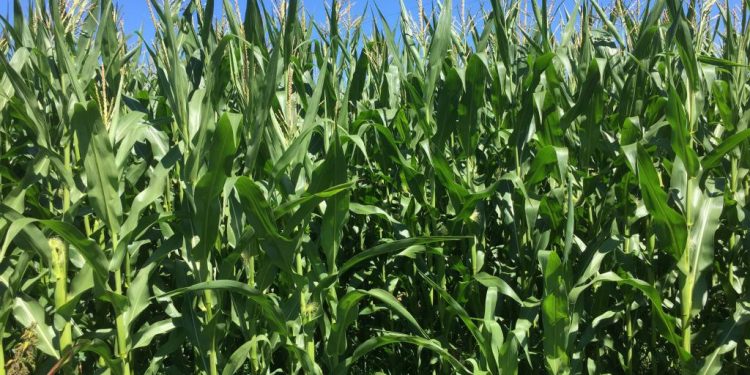The presence of mycotoxins in crops is a matter of great concern due to the significant effects of chronic and acute toxicity due to exposure through food and feed. Aflatoxins (AFs) are the most toxic mycotoxins occurring in host crops infected with Aspergillus from section Flavi . The four primary molecules synthesized by toxigenic fungi from this section are aflatoxins B1, B2 (AFBs), G1 and G2 (AFGs). They can also be metabolized to produce derivatives, such as aflatoxin M1 (AFM1), which may be produced in lactating individuals consuming diets contaminated with aflatoxin B1 .
AFs, and more specifically aflatoxin B1 (AFB1) and its derivative AFM1, are considered the most harmful known mycotoxins. AFB1 is a potent natural carcinogen that can cause hepatocarcinoma in humans and is considered by the International Agency for Research on Cancer (IARC) to be a group I carcinogen for both humans and animals. This toxin is also immunosuppressive and has been associated with growth impairment in children. AFB1 is the major historical contaminant of crops in tropical and subtropical regions, in which hydrothermal conditions favour both fungal development and toxin production.
AF contamination was not considered a significant threat to agricultural production in Europe, due the less favourable climate, and attention was therefore focused on products imported from other countries. Like many countries worldwide, the EU has imposed regulations on the levels of AFs permissible in food, based on the health risk associated with AF exposure . The maximum permissible content in unprocessed maize destined for human consumption is 2 μg/kg for AFB1 and 4 μg/kg for AFB1, B2, G1 plus G2. Commission Directive 2002/32/EC on undesirable substances in animal feed established maximum contents in feed materials ranging from 5 to 50 μg/kg depending on the material and the animal considered.
Photo: EPPO (2024) EPPO Global Database. https://gd.eppo.int
Reference: Leharanger, A., Paumier, D., Orlando, B., Bailly, S. & Valade, R. (2024) Two new qPCR assays for detecting and quantifying the Aspergillus flavus and Aspergillus parasiticus clades in maize kernels. Plant Pathology, 00, 1–10. Available from: https://doi.org/10.1111/ppa.13982
Error




